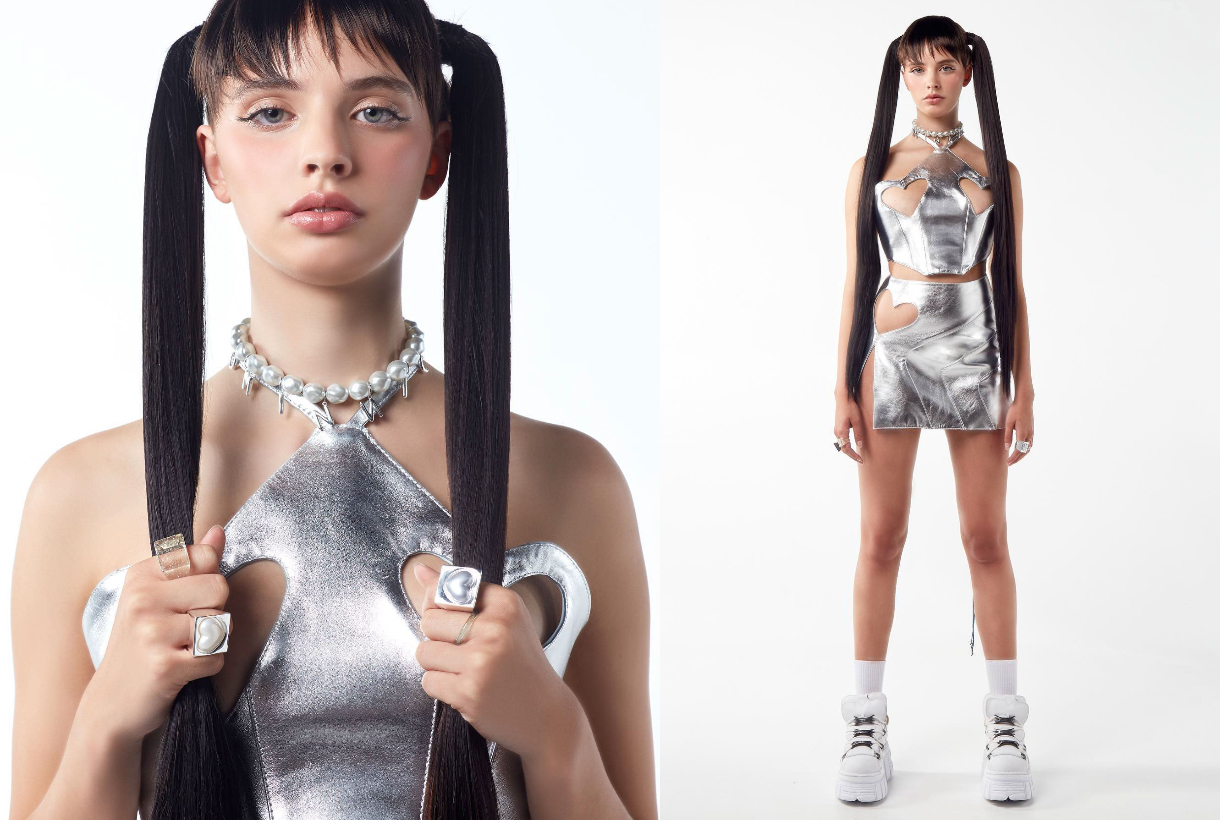
How do you imagine fashion of the future? It is curious how this question has always been in the imagination of many 20th century designers who have devised their own way of conceiving clothes ahead of their time, influenced by literature, painting, cinema or science. Through cutting-edge designs, impossible volumes, surprising fabrics and innovative materials, the most cutting-edge creators have built a personal vision of tomorrow’s fashion. Some from retro nostalgia, others from the optimism of the space race that in turn contrasts with the review of the most catastrophic and apocalyptic dystopias that sustains the futuristic design of other contemporary couturiers. In the 21st century, technological innovations, digital environments and virtual universes such as the metaverse have opened new doors for expansion and growth in the fashion industry, transforming some of its foundations. In turn, this technological development has allowed the flourishing of new visions around how we conceive the fashion of the future -which is nothing more than the present- with unique creations that are a reflection of today’s society. We review some of the historical moments and the proper names of futuristic fashion to understand where the fashion that tomorrow longs to wear is going.

The first futuristic movements
Futurism as a term was born at the turn of the century with the avant-garde art movement linked with Tommaso Marinetti . The Italian poet published on the 20th February, 1909 in Le Fígaro his ‘Futurist Manifesto’, where he expressed his values and experiences celebrating the machine age. His vision was opposed to the bourgeoisie of the moment through concepts such as speed, strength, and dynamism. For Marinetti, futurism was synonymous with “future-oriented movement”. Beyond literature and art, this movement also influenced fashion. Artists such as Giacomo Balla was one of those responsible for translating Marinetti’s futuristic ideals into clothing, and Vincenzo Fanni, under the pseudonym Volt, would give rocket women’s clothing in her 1920 manifesto. Some of her writings include phrases such as: “Women’s fashion can never be extravagant enough” or “Dresses that provoke surprises and transformations, equipped with springs, stingers, camera lenses, electric currents, reflectors, scented sprays, fireworks, chemical preparations, and thousands of contraptions. One last quote: “In women we can idealize the most fascinating conquests of modern life. We will transform the graceful lady into a truly living three-dimensional complex.” Statements that were written down a century ago and that would serve as a starting point for many of the designers of the mid-20th century who would leave behind the utopian visions of their predecessors in order to take action: experiment with designs that reflect this spirit of modernity.

Space fashion design
he futuristic design linked to space had its maximum splendor in the 60s, coinciding with the pulse to lead the space race that the United States and Russia maintained in the midst of the Cold War. The launch of Sputnik in 1957, the conquest of the moon in 1969… these were some of the historical milestones that marked a real rage for fashion inspired by space, science fiction heroines and intergalactic travel. Jane Fonda characterized as the seductive Barbarella immortalizes one of those space looks of the decade. The futuristic fashion of the 60s was led by André Courrèges, Pierre Cardin and Paco Rabanne. The parents of “the ladies of space” or of the “ Cosmic Girls ”. It was characterized by pop silhouettes (miniskirts, minidresses, A-line silhouettes, closed collars, high platform boots, helmets…), vinyl textures, technological fabrics, metallic sparkles and a lot of silver colour to chromatically express galactic fashion. This style and the current itself was utopian and optimistic because it predicted a better world, more rational but also more creative. Beyond the rise of the space race, this trend coincided with the ready-to-wear boom that popularized it with mass-produced models that mimicked the space designs of the fathers of futuristic fashion.
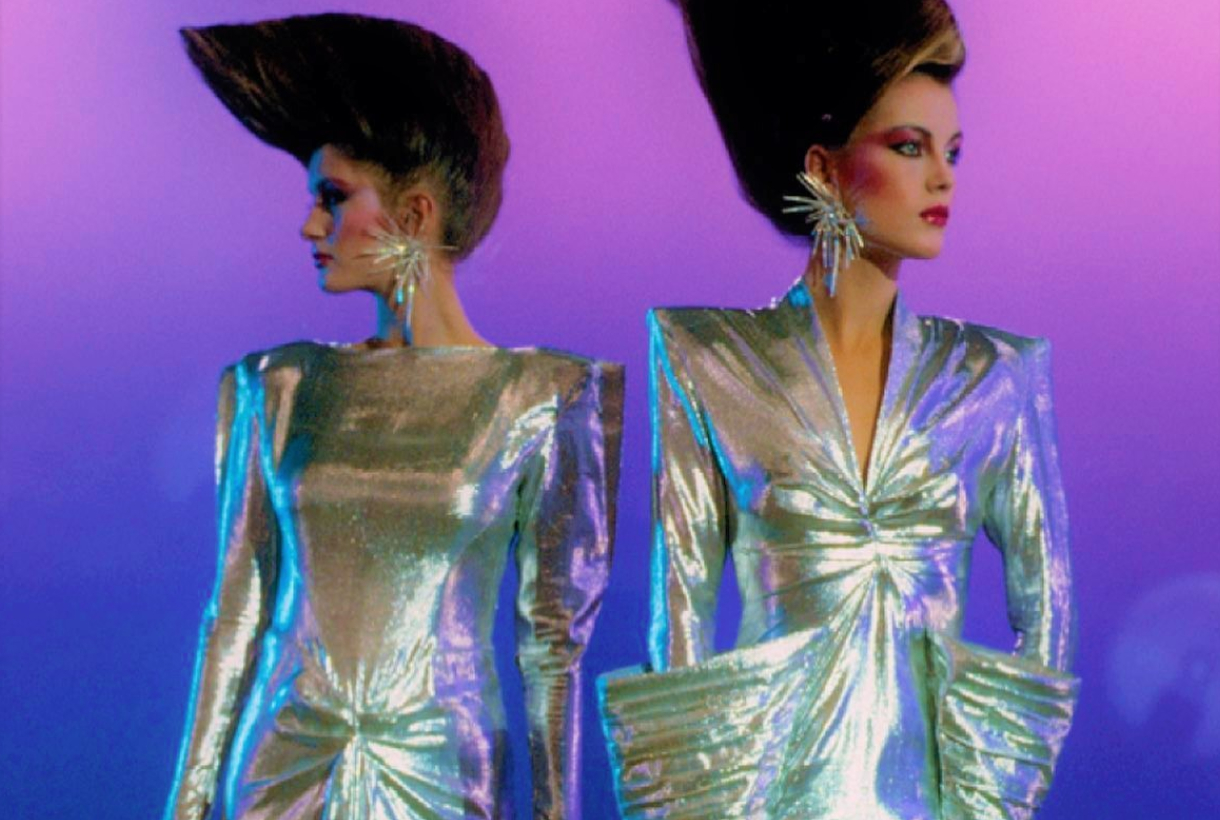
More fantasy in the decade of opulence
In the excessive 1980s, science fiction and space themes revived the interest of exclusive fashion houses, although each designer adapted the futuristic style to their own discourse. The future could be perceived as something utopian and brilliant, rescuing the spirit of two decades ago, or terrifying with an apocalyptic vision that is back in fashion today. One of the greatest exponents was Thierry Mugler , recently deceased. The French designer was a visionary, whose dramatic and fanciful designs transformed women’s clothing with seduction and personality that reflected the power of women. Mugler claimed the power dressing through new materials such as latex, PVC, fiberglass, rubber and sculptural silhouettes that encircled the woman’s body and extolled it. Voluminous shoulders, extremely tight waists, metallic, innovative finishes, a timeless and futuristic conception of fashion, added to provocation as a weapon, managed to put him in the foreground, just as he did with female empowerment. From Mugler are also the designs inspired by insects, aliens or androids inspired by the classics of the genre.
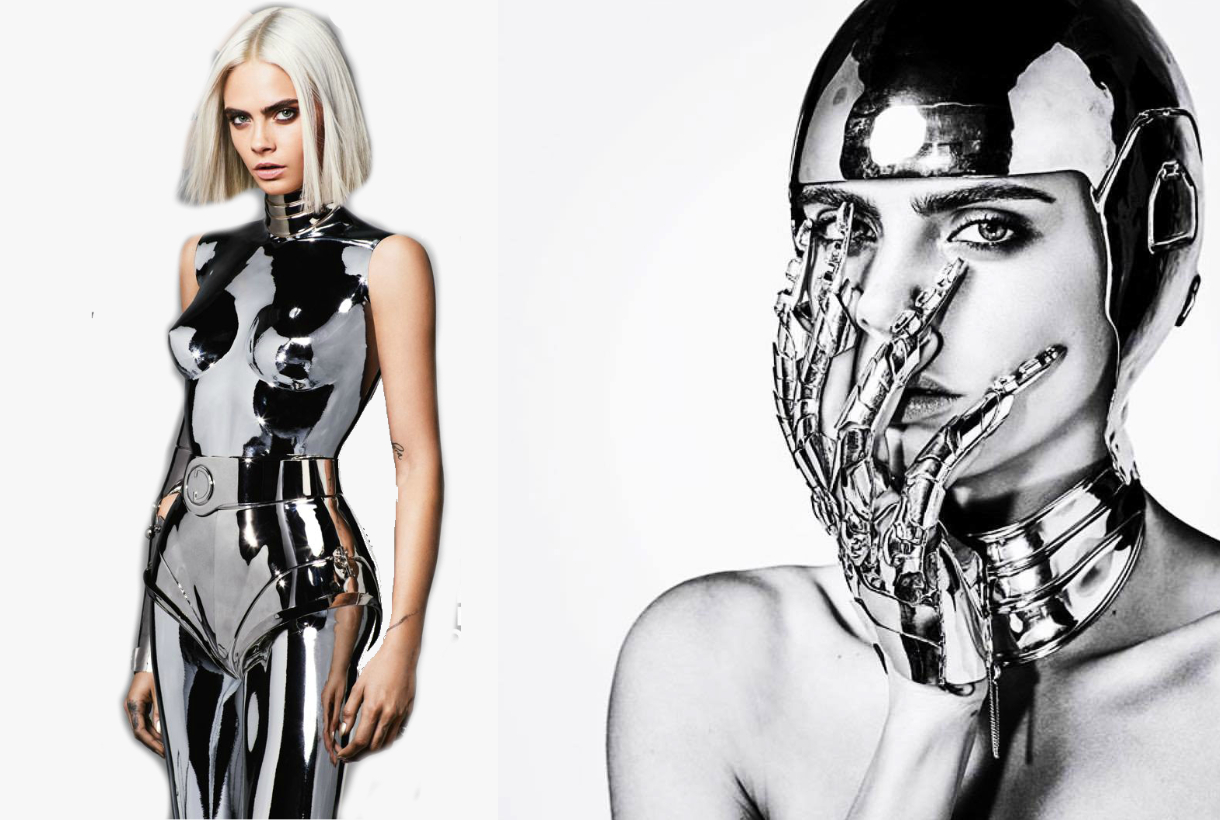
Firms like Balmain, Margiela, Sies Marjan ot Dior have also imagined in specific collections and designs what tomorrow’s fashion would be like through iridescent and silver fabrics, and making clear allusions to the new space theme: the conquest of Mars.
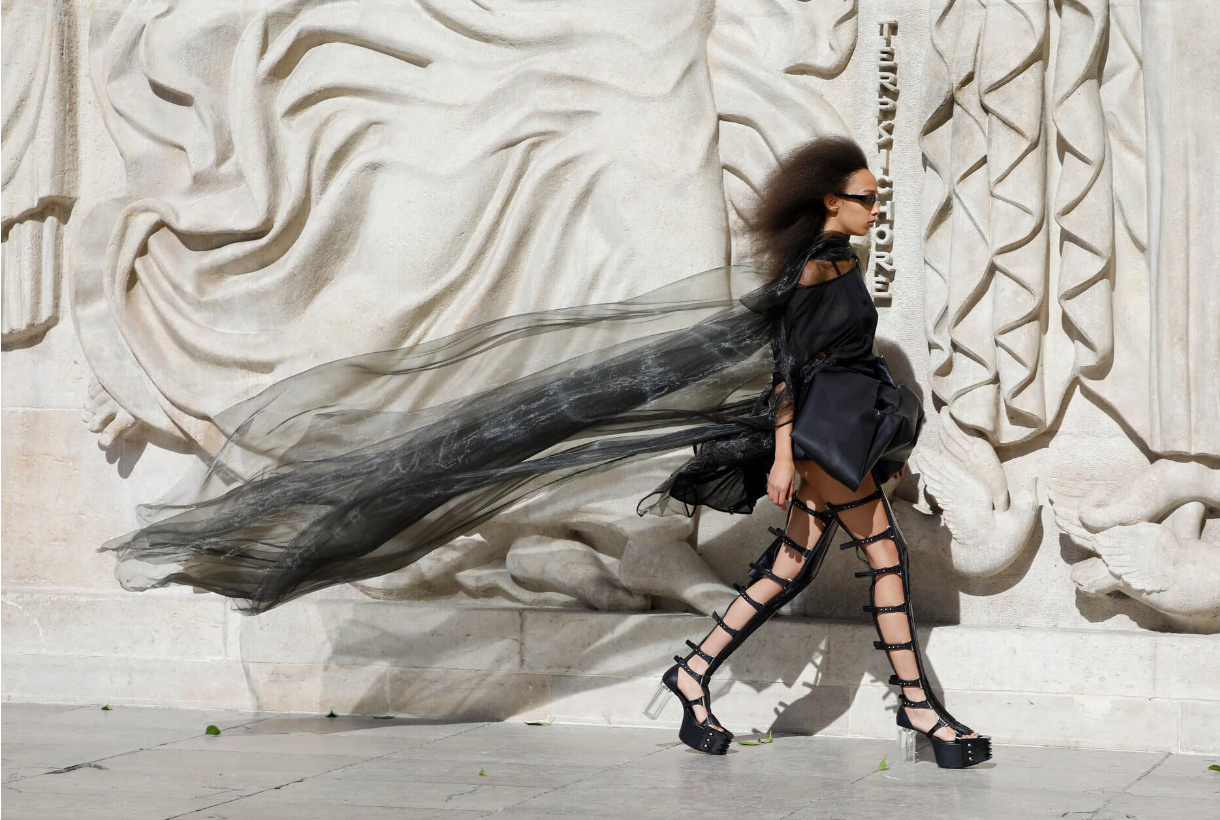
The new dystopias of the end of the world
The global pandemic has also taken its toll on the industry at a creative level that has seen new guidelines in uncertainty, boredom and bewilderment to devise a dark vision of the fashion of the future. In turn, the premiere of science fiction classics such as ‘The Matrix’ and ‘Dune’ or the rise of video games have inspired proposals from Balenciaga, Rick Owens, Khaité and Ottolinger, among other designers turning the dystopian style into a trend. The dark aesthetic, between gothic and cyberpunk, has resurfaced again with characteristic garments: long coats, leather garments, multi-pocket pants, military boots and shiny and patent leather finishes, with black from head to toe being the colour that governs this new style. interpretation of futuristic fashion in its apocalyptic vision.
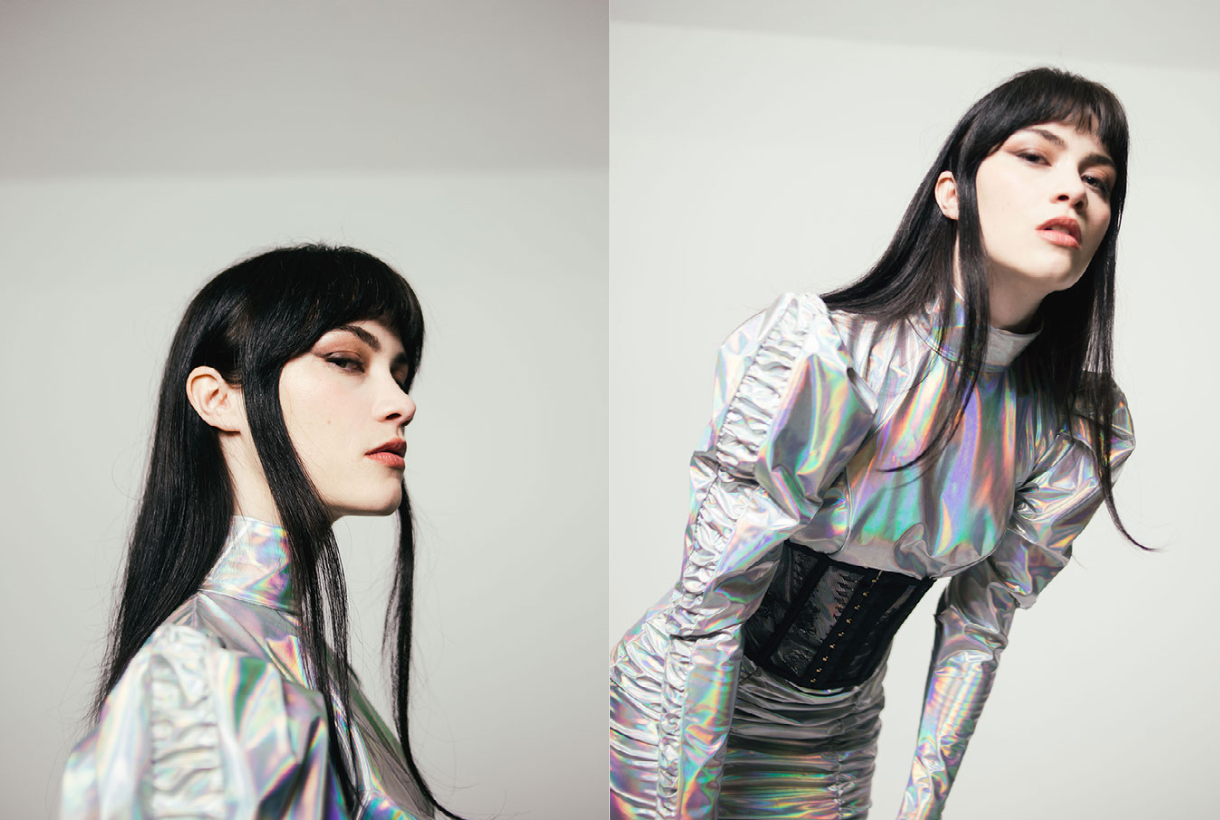
To all this we must add the recent emergence of the metaverse and the expansion of virtual fashion. In this new paradigm, brands can sell digital assets (NFT), that is, their own collections to dress the avatars of users until they open a store or offer customer service in these virtual universes. Although it is still early to analyze the impact of the metaverse, this new purely digital reality will perhaps inspire the fashion of the future for the designers of tomorrow.
